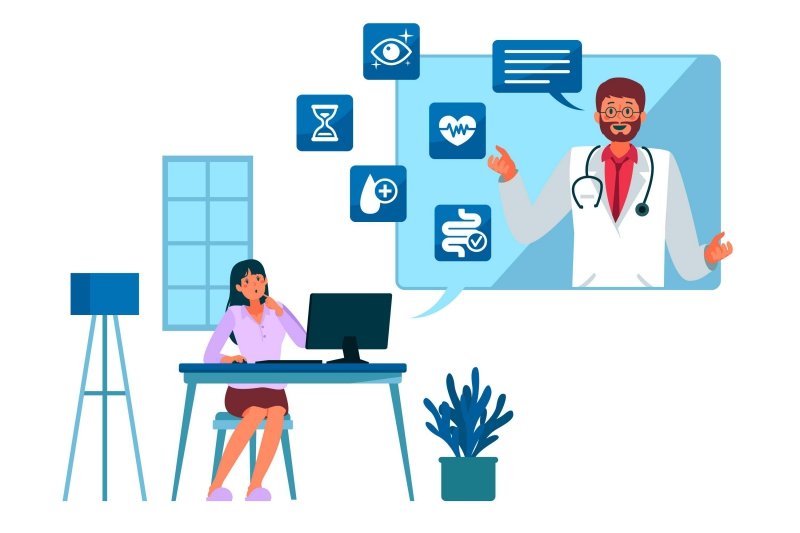
Enhanced remote medication program boosts GDMT prescriptions for high CV or kidney risk in T2D patients
News - Apr. 8, 2024At ACC.24, Dr. Alexander Blood shared insights from the DRIVE study, which examined the effectiveness of a remote program integrating patient education and medication management in increasing prescriptions for SGLT2 inhibitors and GLP-1RAs among type 2 diabetes (T2D) patients at elevated cardiovascular (CV) and/or renal risk
Introduction and Methods:
Despite the proven benefits of SGLT2 inhibitors and GLP-1RAs in reducing CV events and improving renal outcomes in T2D patients with heightened risk, their utilization remains low. The DRIVE (Diabetes Remote Intervention to improve Use of Evidence-based medications) study aimed to address this gap. Conducted through the Mass General Brigham network in Boston, MA, USA, the study enrolled 200 T2D patients with a history of ASCVD, heart failure (HF), chronic kidney disease (CKD), or high ASCVD risk who were eligible for but not prescribed these medications. Participants were randomly assigned to either a simultaneous approach, where they received virtual patient education and medication prescriptions for 6 months, or an education-first approach, where they received education for 2 months followed by medication prescriptions for 4 months. A multidisciplinary team guided by a standardized treatment algorithm facilitated the program.
Main results
After 6 months, the proportion of patients prescribed SGLT2 inhibitors or GLP-1RAs was significantly higher in the simultaneous group compared to the education-first group.
Moreover, a greater proportion of patients in the simultaneous group reported taking these medications. Patients in the simultaneous group received their first prescription and began taking the medication sooner than those in the education-first group.
There were no significant differences in HbA1c levels or body weight change between the two groups at 6 months.
Conclusion
The remote program, involving simultaneous patient education and medication management, effectively increased the prescription and uptake of SGLT2 inhibitors and GLP-1RAs among T2D patients at elevated CV and/or renal risk. This approach demonstrates promise in improving adherence to evidence-based therapies in this population.

Share this page with your colleagues and friends: